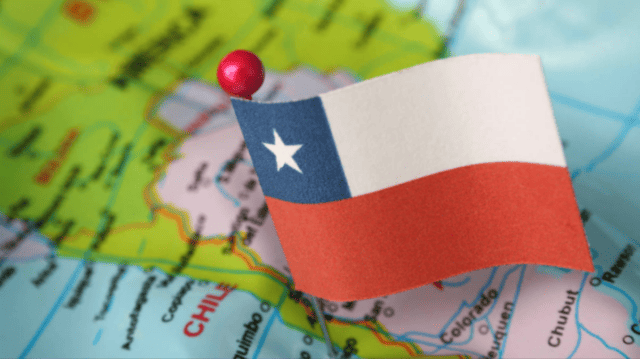- Eramet’s acquisition of Siete Salares project boosts Chile’s lithium brine sector
- Acquisition indicates that Chile remains an attractive destination for lithium exploration and development
- French company’s novel DLE tech offers more options to lithium brine developers
Special Report: The entry of French miner Eramet into Chile by way of its US$95m purchase of the Siete Salares project further supports Pan Asia Metals’ belief that the country remains attractive for lithium exploration and development.
Chile is one of the most lithium-rich nations in the world, but its recently announced national lithium strategy resulted in much angst amongst explorers and producers with some commentators raising the spectre of nationalisation.
But these concerns appear overdone, as recent events have shown.
State-owned Corporación Nacional del Cobre de Chile’s (Codelco) terms for the acquisition of Lithium Power International (ASX:LPI) — a 136% premium to the 30-day volume weighted average price — certainly seems to indicate that Chile might be willing to be fair in its dealings with lithium players.
Having the Chilean government so involved in the lithium sector also does not appear to have scared off private investment.
China’s Tsingshan Holding Group has committed to investing US$233.2m to set up a lithium iron phosphate battery plant in Chile, which incidentally also provides producers with a domestic offtaker for their lithium.
Meanwhile, Albemarle chief executive Kent Masters sees the new policy as an opportunity to tap into new lithium reserves.
“I don’t fear about Albemarle’s future in Chile,” he told CNBC.
“Boric’s government wants to bring more Chilean lithium supply to the market by partnering with companies interested in the business, which know how to operate those mines.”
Government miner EMANI has confirmed this, admitting it doesn’t have the capital or the experience to move these projects forward on its own.
The latest deal involves +$2bn euro French miner Eramet, whose new Siete Salares project in the heart of the lithium triangle consists of seven salt flats (salars) covering 40,000 hectares.
Salar La Isla is both the largest (at 16,500ha) and the richest with maximum lithium brine grades of 1,150mg/l.
This is good news for ASX lithium players in Chile
Pan Asia Metals (ASX:PAM) managing director Paul Lock told Stockhead in October that the new strategy would also be likely to lead to more mining leases being granted, a contrast to the slow process of the past.
What does this mean for other lithium exploration and development companies in Chile? It can only mean good news,” Lock said.
“Already, Chile is one of the most prospective countries for lithium, the country has the largest lithium reserves in the world and some of the most prospective lithium exploration ground to match, and now they’re likely to get bigger.”
PAM’s Tama Atacama project, which consists of six project areas covering 1,600km2 or ~13% of the highly prized Pampa del Tamarugal Basin, has already seen lithium in surface assays returning up to 2,200ppm lithium.
That’s super high grade.
The project is also located at lower elevations compared to Siete Salares, offering the company water replacement options such as the use of sea water to replace brine, as well as being a considerably more attractive elevation to work at in terms of comfort and overall cost.
Additionally, Tama Atacama is also easily accessible and proximity to all key infrastructure such as major highway access, solar power, nearby ports, airports and major logistics hubs.
This article was developed in collaboration with Pan Asia Metals, a Stockhead advertiser at the time of publishing.
This article does not constitute financial product advice. You should consider obtaining independent advice before making any financial decisions.
You might be interested in












